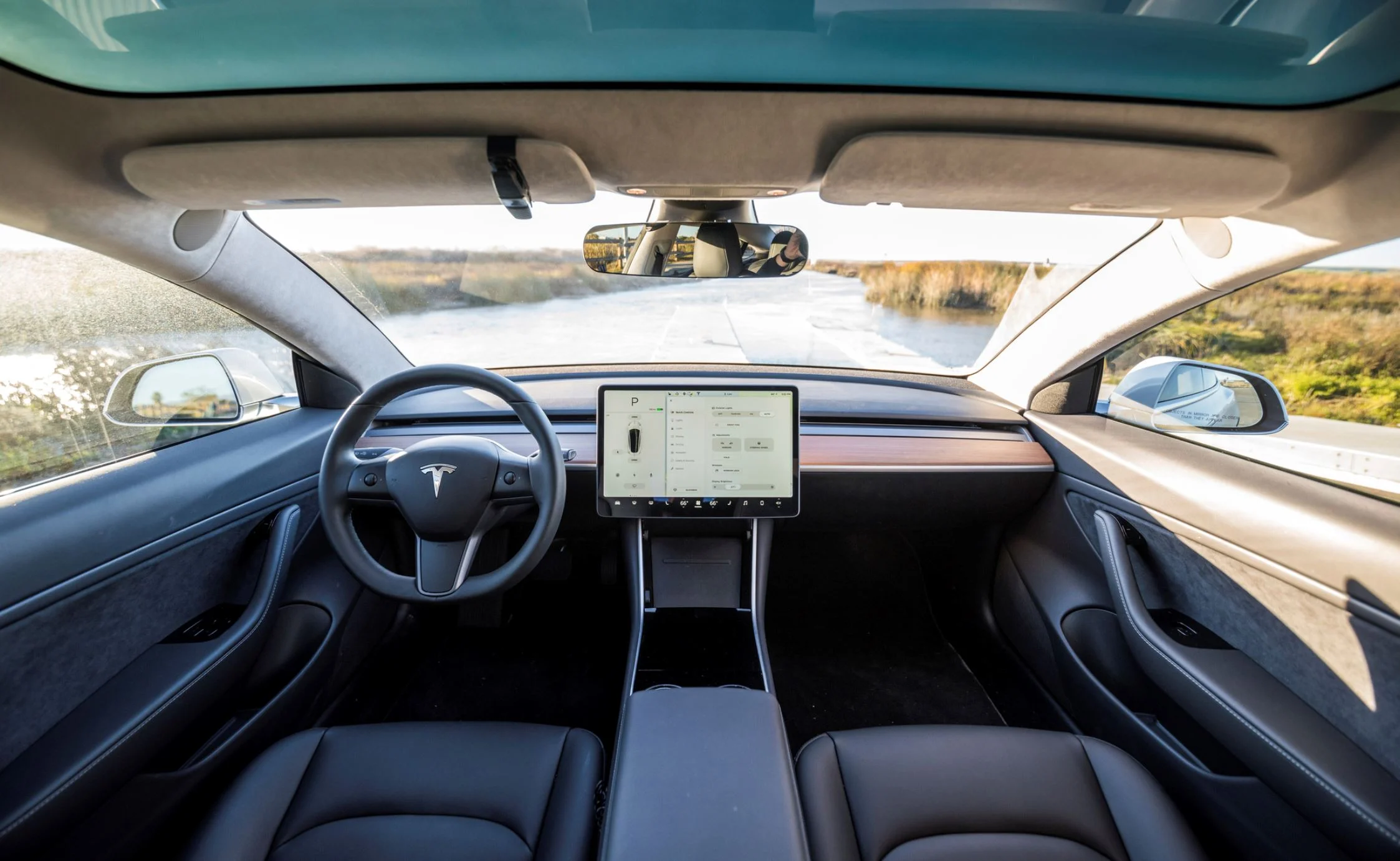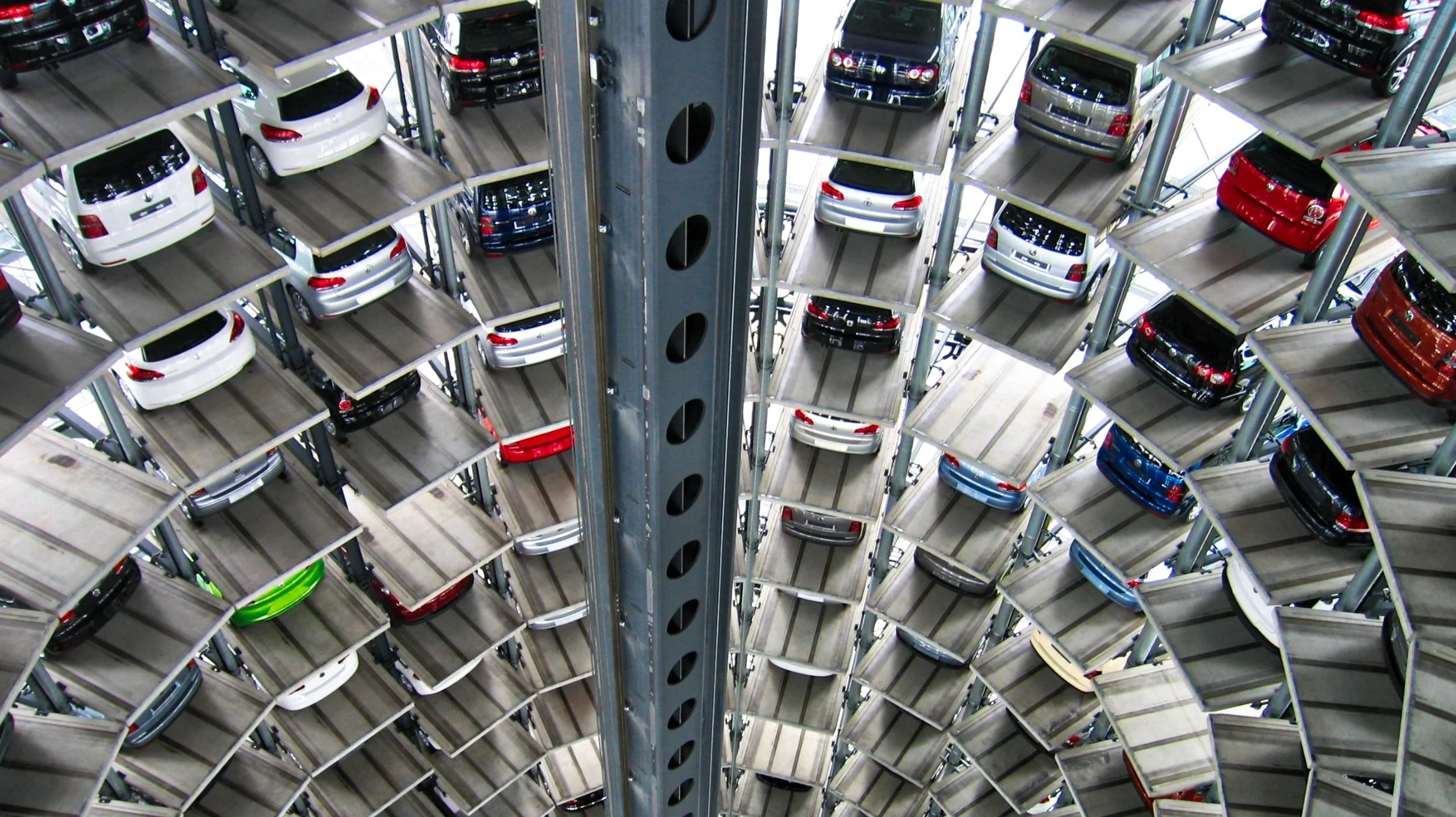You may remember the cute Google self-driving car. In 2014, the tech giant announced their brand-new prototype of what the future of transportation might one day look like. If you wish you could drive one today, you are out of luck. The design was unfortunately scrapped in 2017. But don’t worry, what happened didn’t make a dent in the plan of introducing the world to self-driving cars, I mean autonomous cars, driverless cars, automated vehicles or … robot cars?
Flying cars could cut emissions, replace planes, and free up roads – but not soon enough
When Chitty Chitty Bang Bang was released 50 years ago, flying cars were a flight of fancy. Now, these futuristic vehicles are entering the outer fringes of reality. According to a new study published in Nature, for some journeys flying cars could eventually be greener than even electric road cars, cutting emissions while also reducing traffic on increasingly busy roads.
Engineers develop concept for hybrid heavy-duty trucks
New approach could boost energy capacity of lithium batteries
In the future, everyone might use quantum computers
Computers were once considered high-end technology, only accessible to scientists and trained professionals. But there was a seismic shift in the history of computing during the second half of the 1970s. It wasn’t just that machines became much smaller and more powerful — though, of course, they did. It was the shift in who would use computers and where: They became available to everyone to use in their own home.
New 3-D printing approach makes cell-scale lattice structures
Algorithms have already taken over human decision making
I can still recall my surprise when a book by evolutionary biologist Peter Lawrence entitled “The making of a fly” came to be priced on Amazon at $23,698,655.93 (plus $3.99 shipping). While my colleagues around the world must have become rather depressed that an academic book could achieve such a feat, the steep price was actually the result of algorithms feeding off each other and spiraling out of control. It turns out, it wasn’t just sales staff being creative: algorithms were calling the shots.
Hydrogen fuels rockets, but what about power for daily life? We’re getting close
Mass-market electric pickup trucks and SUVs are on the way
New fuel cell has enough juice for drones and subs
Can robots ever have a true sense of self? Scientists are making progress
Having a sense of self lies at the heart of what it means to be human. Without it, we couldn’t navigate, interact, empathise or ultimately survive in an ever-changing, complex world of others. We need a sense of self when we are taking action, but also when we are anticipating the consequences of potential actions, by ourselves or others.
Lightning could protect power grids from hackers
Creating Hydrogen Fuel from Thin Air
It sounds like a magic trick: you put a special device in contact with air, let sunlight fall on it, and it produces free fuel. Yet this is the basic idea of researcher Mihalis Tsampas (NWO Institute DIFFER - Dutch Institute for Fundamental Energy Research) in collaboration with Toyota Motor Europe (TME).
Giving keener “electric eyesight” to autonomous vehicles
Technique could boost resolution of tissue imaging as much as tenfold
Hydrogen trains are coming – can they get rid of diesel for good?
When the UK government cancelled its plans to electrify train lines across Wales, the Midlands and the north of England, and cut back on the Great Western rail network electrification, it brought a premature end to a rail investment program once touted as the biggest the country had seen since the Victorian era. But now reports suggest that the government and train manufacturers are hoping there may be an alternative way to turn British railways electric: hydrogen.
A faster, more efficient cryptocurrency
How growing cities can support at-home electric vehicle charging
In our Wi-Fi world, the internet still depends on undersea cables
IBM launches commercial quantum computing – we’re not ready for what comes next
IBM recently unveiled what it claimed was the world’s first commercial quantum computer. While the announcement of the Q System One wasn’t scientifically groundbreaking, the fact that IBM sees this as a commercial product that organisations (if not individuals) will want to use is an important breakthrough.














